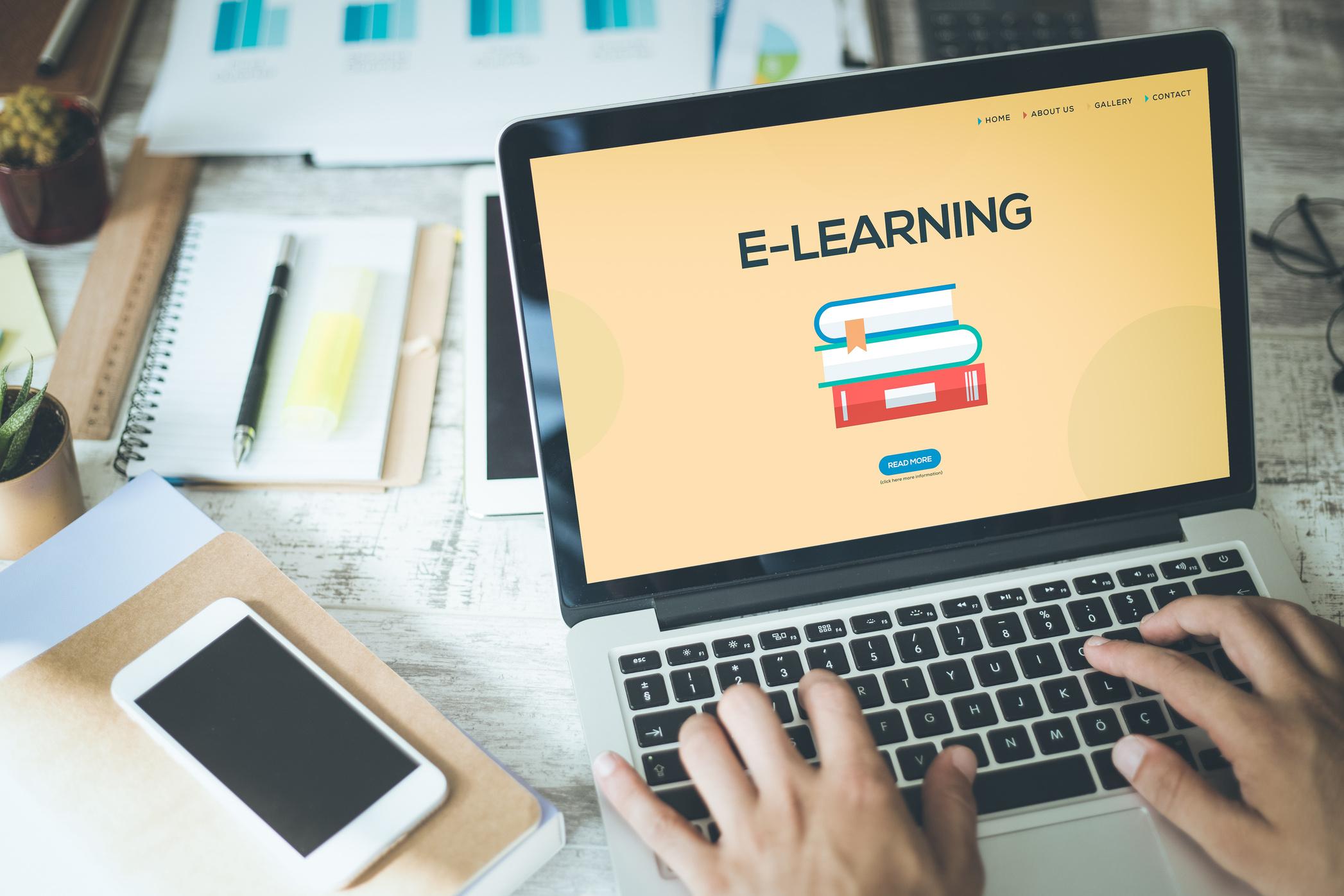
1 minute read
INTRODUCTION
from Categories, Technologies, and Instructional Methods for Digital Learning – Tutors India
by Tutors india
In today’s world, technology is a popular topic. Without question, it has swept the globe. Technology impacts every part of our lives, including cooking, communication, travelling, sports, and governance.
Technology is dynamic, and it takes the right abilities to adjust to this dynamic. We can only arm ourselves and adapt to technological changes through education. Therefore, education cannot fall behind while the rest of society adopts digital transformation.
Advertisement
As a result, the field of education has undergone revolutionary upheaval due to technological advances (Mahmood, 2021) .
The result of technology is digital e-learning. It is distinct from online learning or even just digital learning, though.
Students who participate in digital learning do so with digital tools. Online courses, audio-video lectures, study materials, textbooks, and reference notes are all possible.
It combines blended learning with online learning. On the other hand, digital e-learning is a method of knowledge that is entirely dependent on and made more accessible by electronic content.

Teachers and students solely interact virtually and communicate with the aid of electrical devices.





